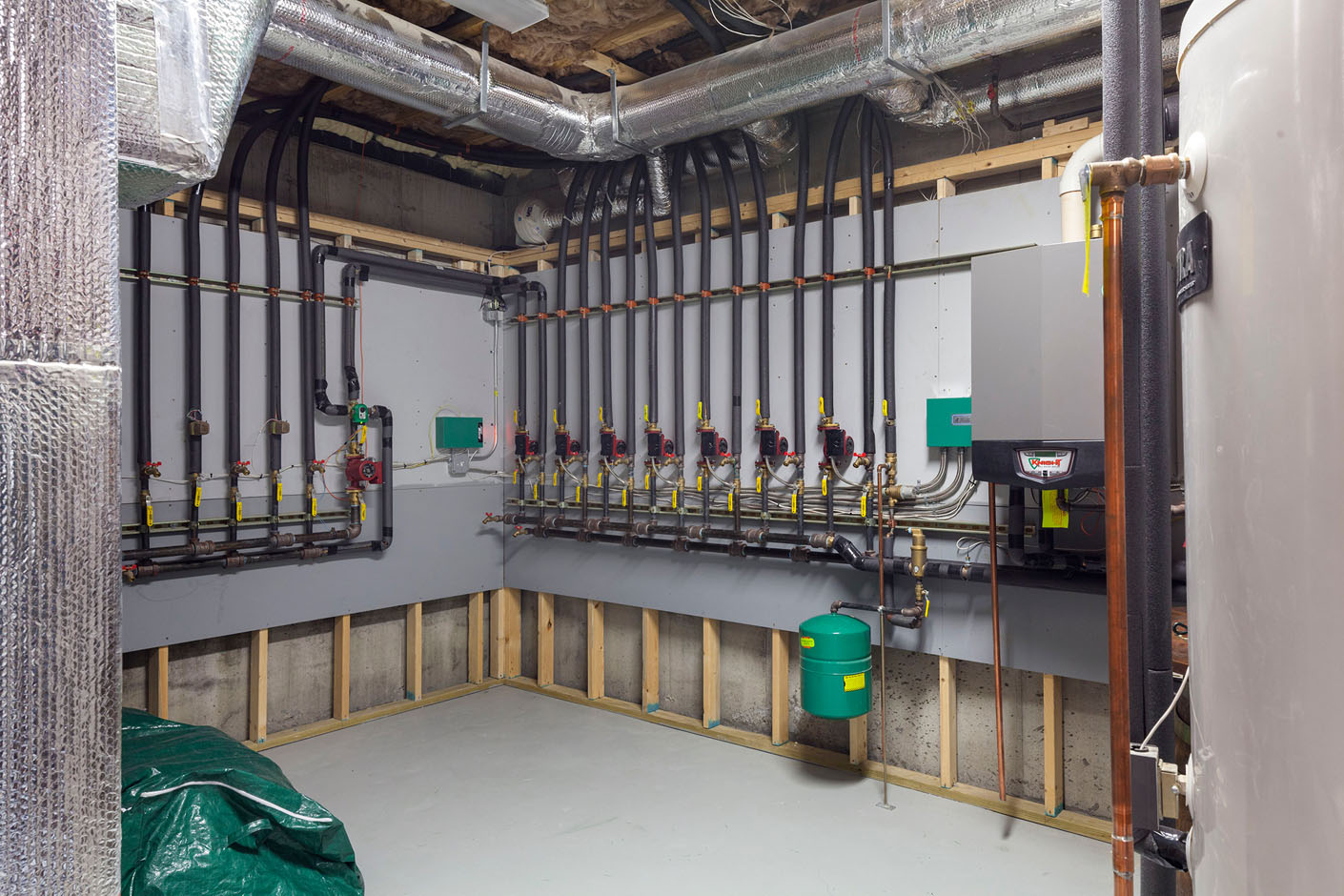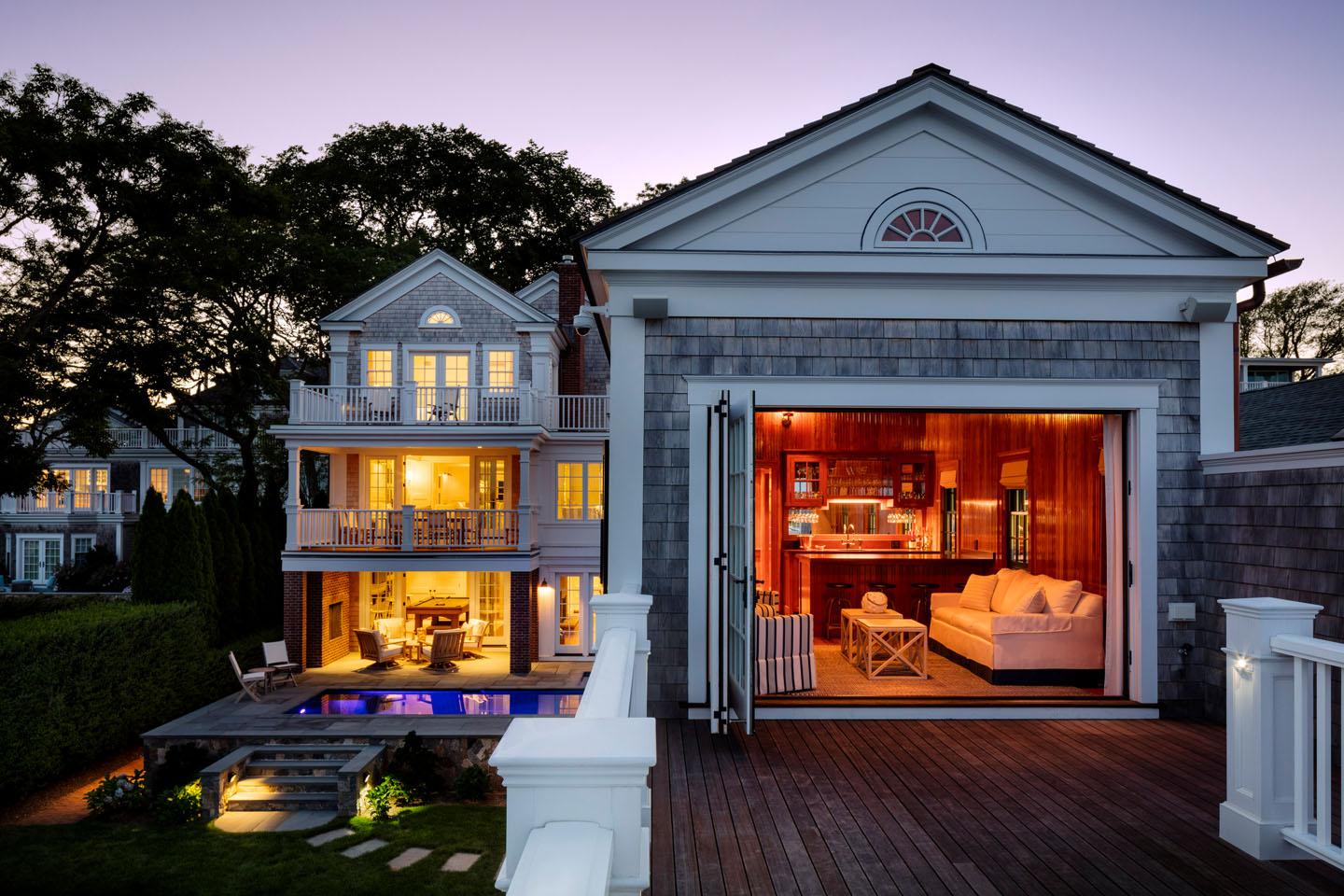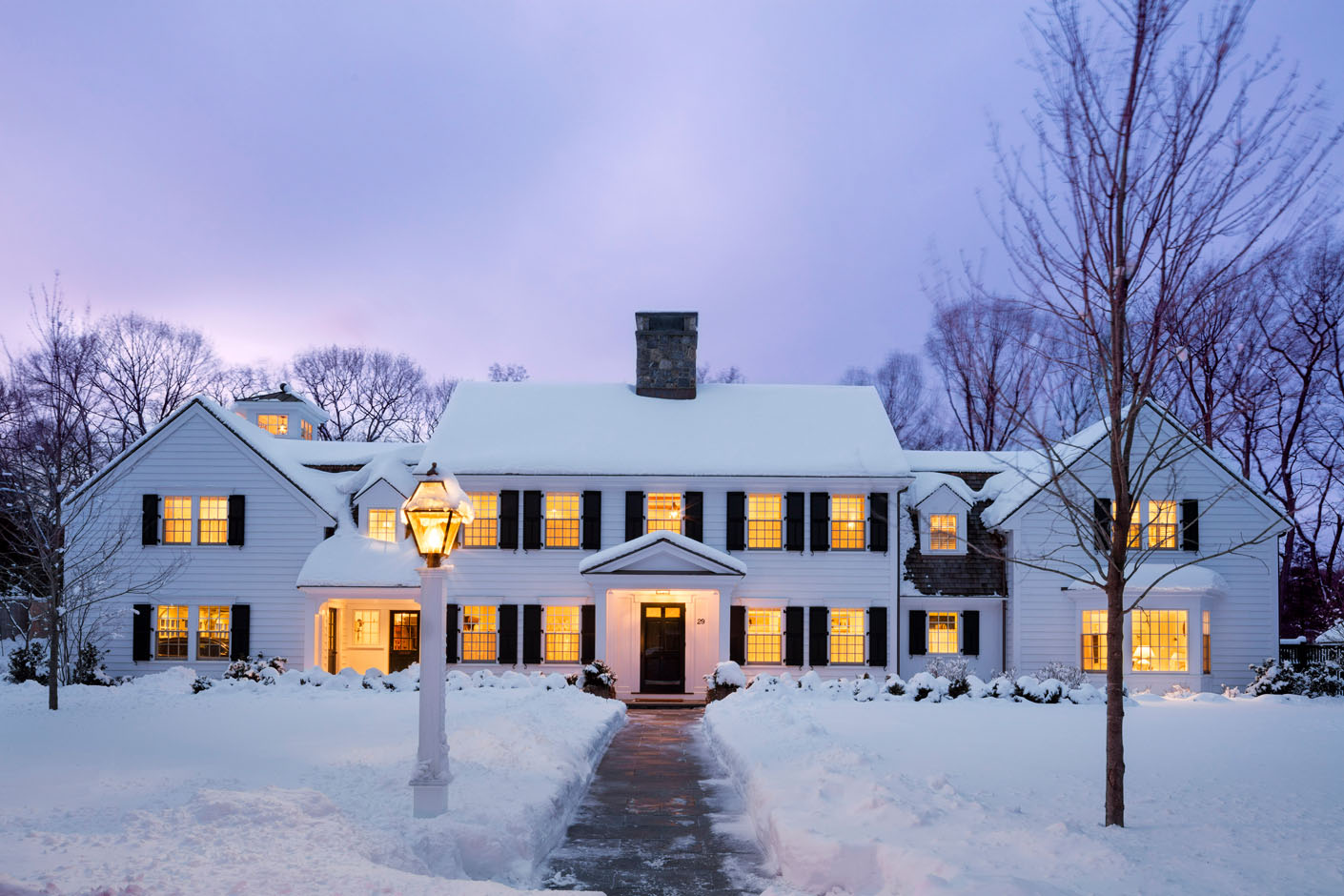 In our book, Timeless, Patrick shares his core belief that good design has the innate power to improve people’s lives and the lives of those around them. For the last four decades, this principle has guided and inspired our approach to historic building and restoration. This concept also applies to something quite fundamental to all homeowners: energy efficiency. After all, utilizing new design technology to reduce energy costs and help the environment improves all of our lives.
In our book, Timeless, Patrick shares his core belief that good design has the innate power to improve people’s lives and the lives of those around them. For the last four decades, this principle has guided and inspired our approach to historic building and restoration. This concept also applies to something quite fundamental to all homeowners: energy efficiency. After all, utilizing new design technology to reduce energy costs and help the environment improves all of our lives.
When restoring an older home – or designing a historically motivated one – we are often asked for energy-efficient recommendations. Some people mistakenly think that a home must be modern to go green. This is not the case: traditional architecture can be energy efficient as well. While there are myriad ways to improve a home’s overall efficiency, here we will share three ways we recommend cutting energy costs and improving comfort for our clients.
First, focus on the home’s biggest energy expense: the HVAC system (heating, ventilation, and air conditioning). This typically accounts for half of a home’s annual energy cost and environmental footprint. Not to mention how much floor space it has traditionally consumed. But today’s homeowners now have the option of installing a boiler that is so efficient and compact it can be hung on the wall. We typically recommend Buderus or Viessmann units that measure roughly 3’ x 3’ x 1’ and run on propane or gas. Described as “one of the most economical and clean ways to heat your home and reduce your monthly heating bill,” the gas or propane fuel used to power these units are both characterized as environmentally friendly – but propane has the edge with zero environmental footprint. And, because these units are wall-mounted, they do not take up valuable floor space in your home. Additionally, these units will not flood or rust, a big homeowner advantage, as rust is what often causes system breakdowns. While these furnaces require an initial investment, their superior energy, space and environmental efficiency are an excellent payoff.

A home’s second-largest energy expenditure is the water heater. Luckily, there are now are excellent options for clients looking for energy and environmentally efficient alternatives. One of our favorites is a tank-less style water heater, which is lightweight, compact, has low gas emissions and is also wall mounted. It runs on an eco-friendly gas burner, which supplies on-demand, fresh hot water. This type of water heater is great for larger homes with high water demand. We all know how it feels to be late in the shower line, only to find there is no hot water left. That problem is now solved. Unlike older, space-eating heaters that store water in large quantities, these units heat water only when needed and deliver fast, unlimited hot water. That means significantly reduced water consumption. So, go ahead, shower while washing a load of laundry – and run the dishwasher while you’re at it. This is a game-changer.
Another key consideration when building or restoring a home is selecting appropriate windows that are also energy efficient. Older windows were typically singled paned and therefore, were not very energy efficient. Now windows are typically double or triple-paned with argon gas which provides better insulation value and overall performance; combining traditional style with functionality. Typically, we prefer either Marvin or Pella Windows in our homes as they offer historically accurate and exceptional cost-saving functionality.


While greener, energy-efficient living is a highly relevant, in vogue topic for homeowners, it can sometimes be difficult to navigate. If you’re struggling to make these decisions, we hope this post is a helpful tool. Choosing design options that reduce energy costs and help the environment will improve your life – and your neighbor’s.